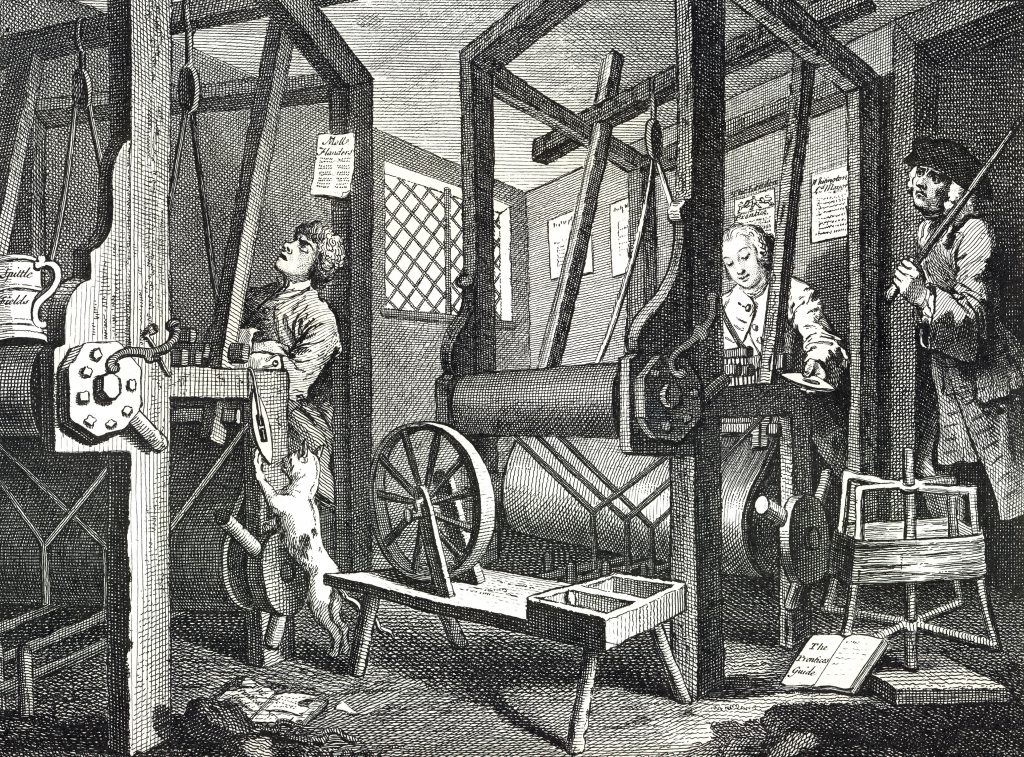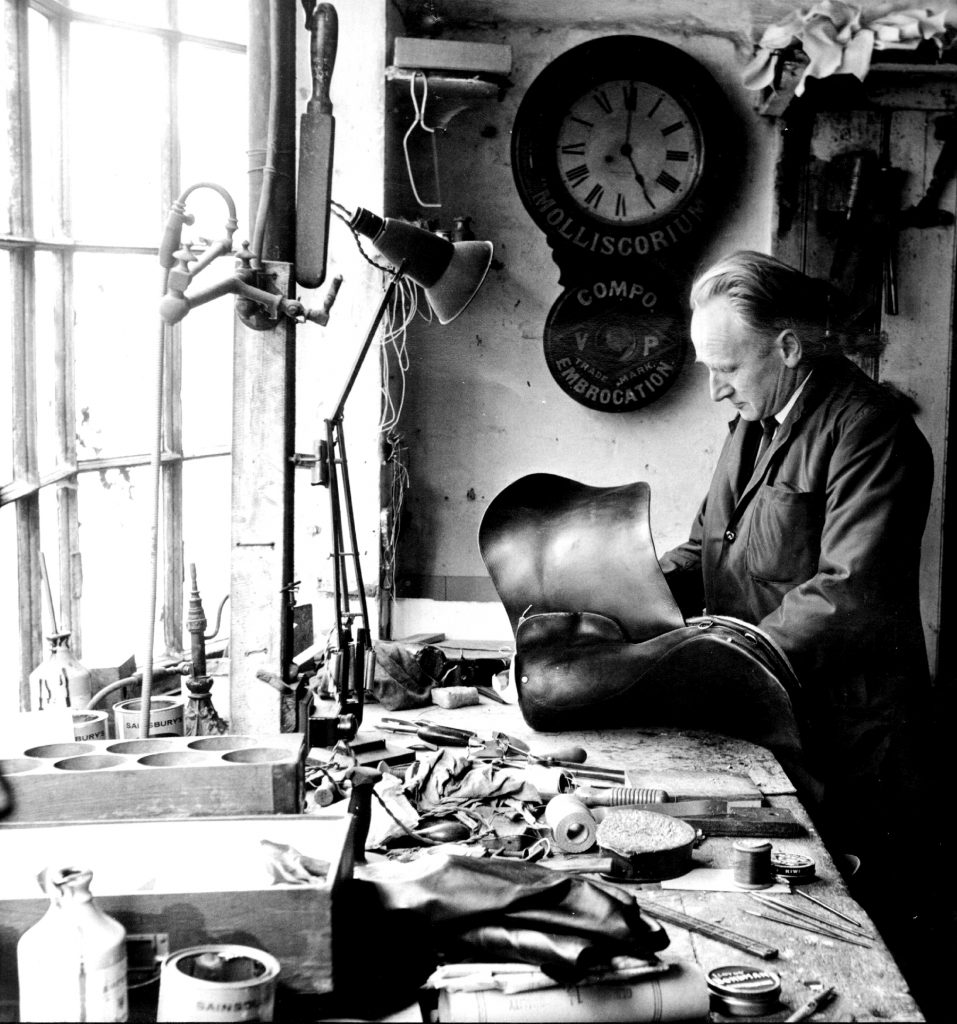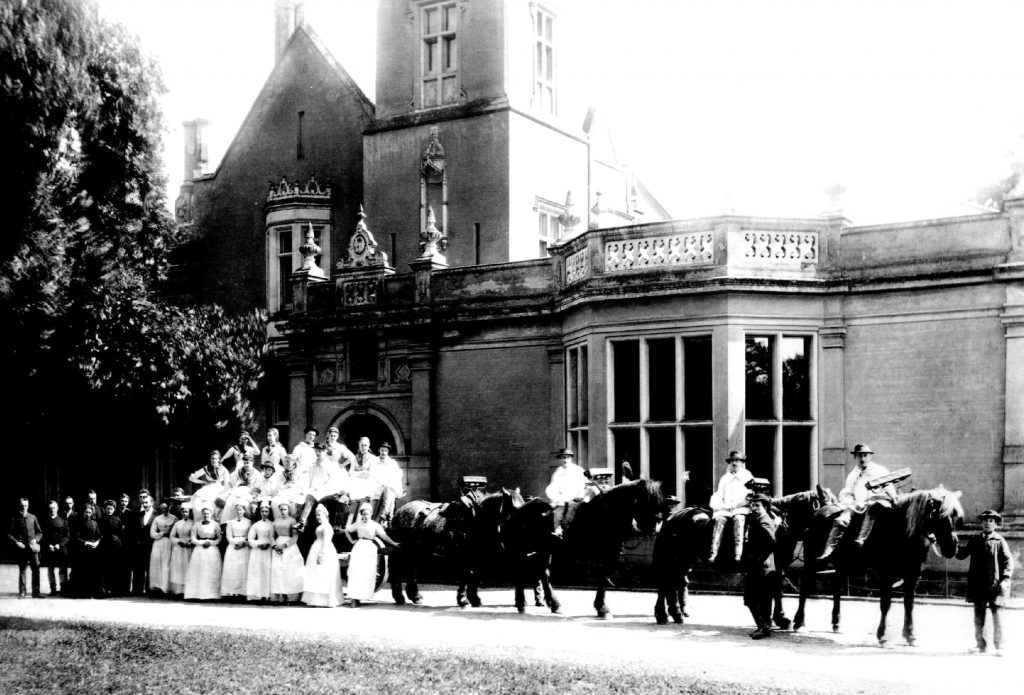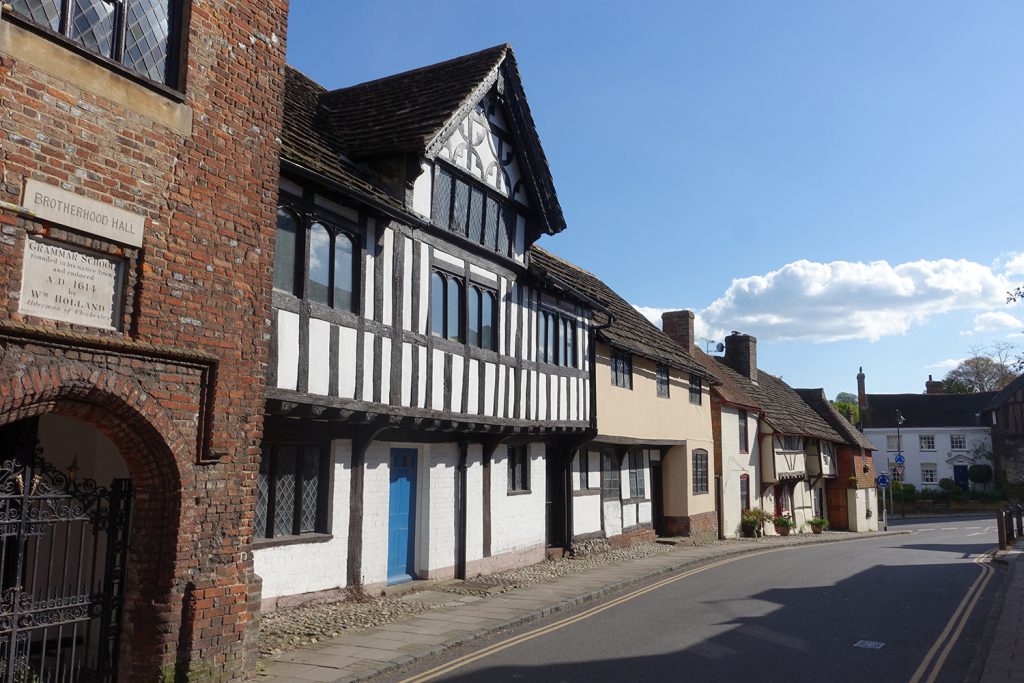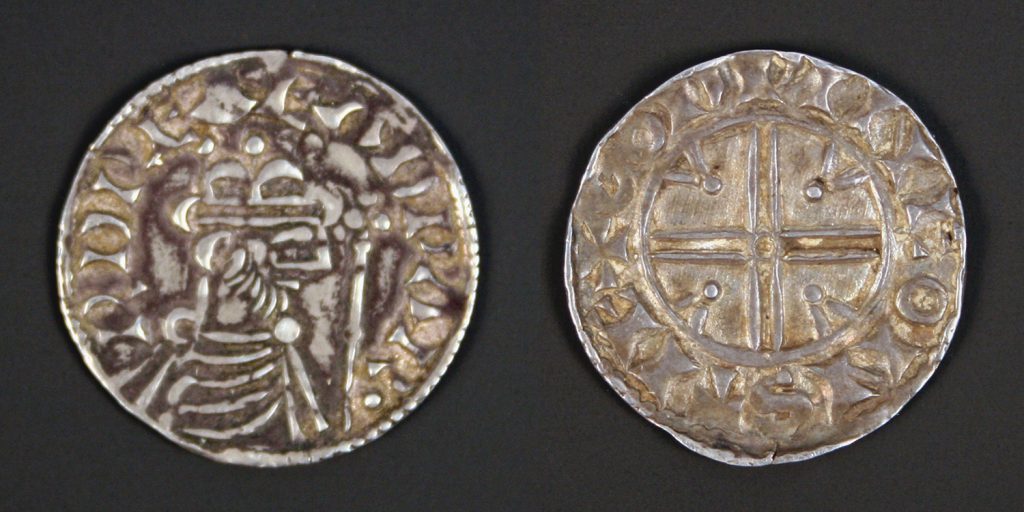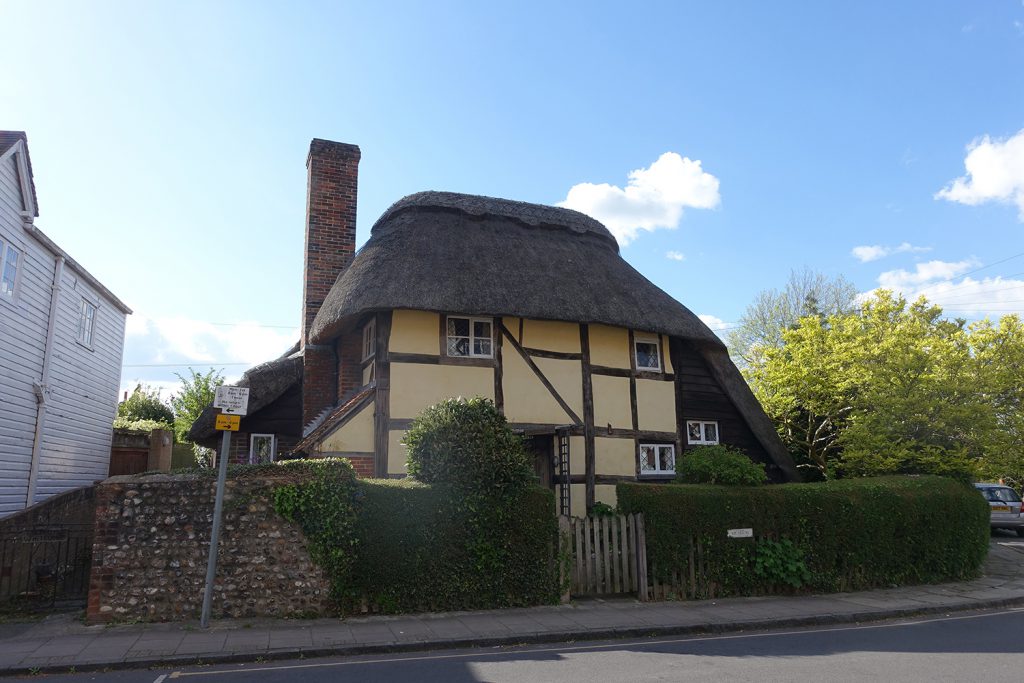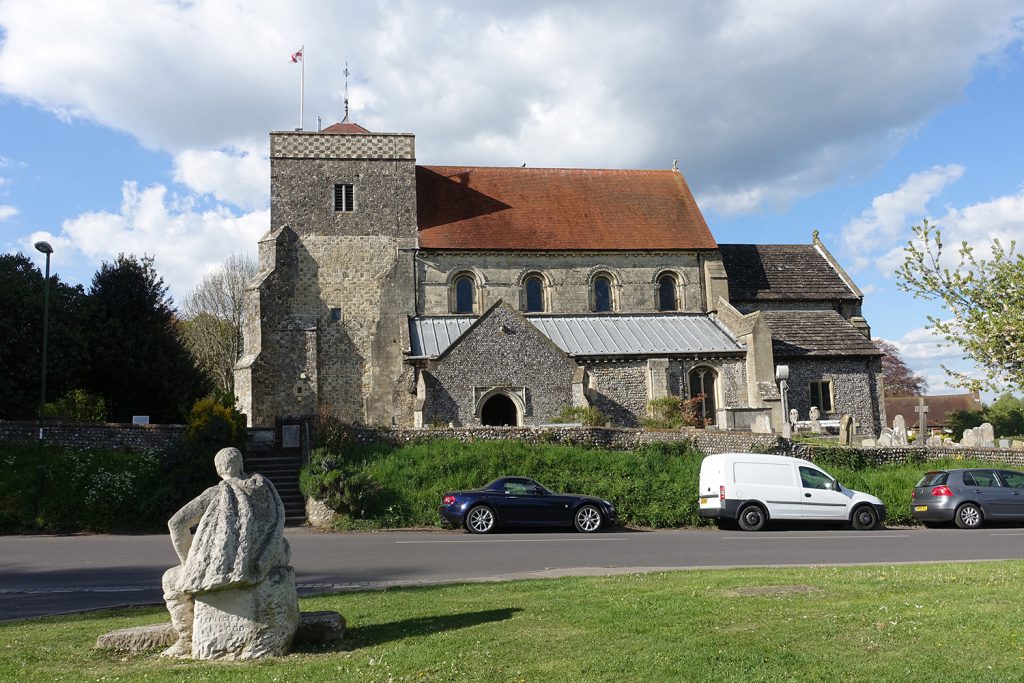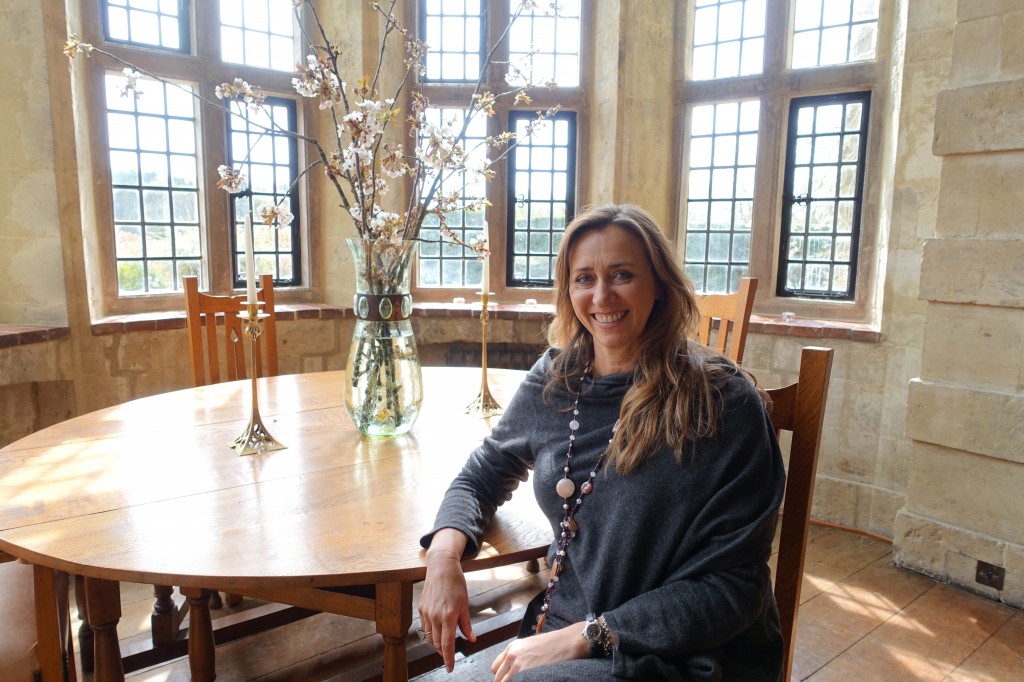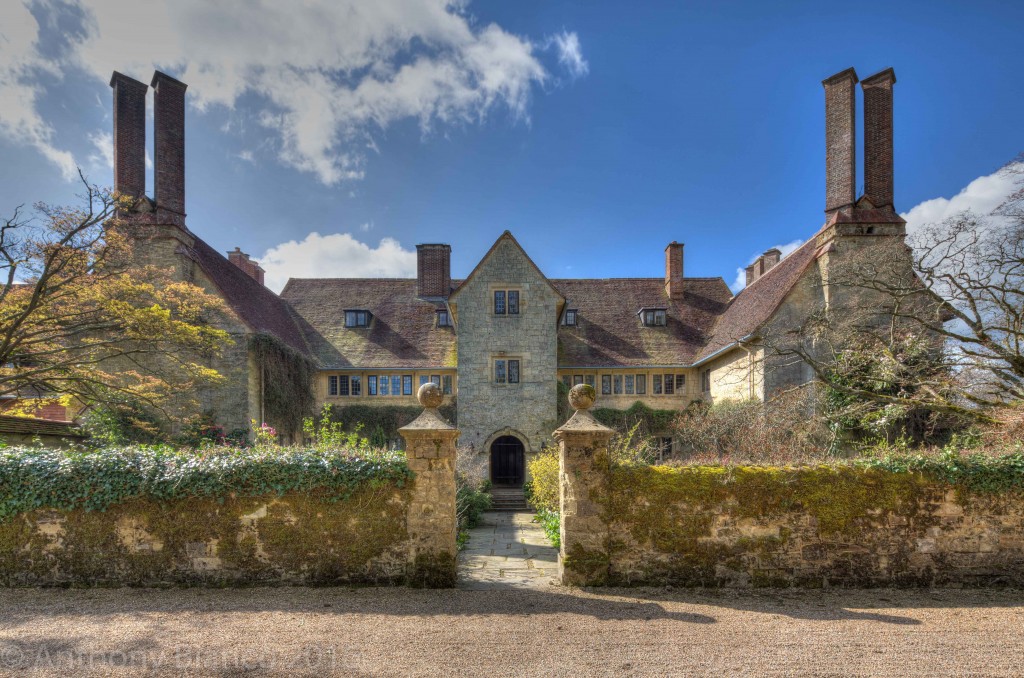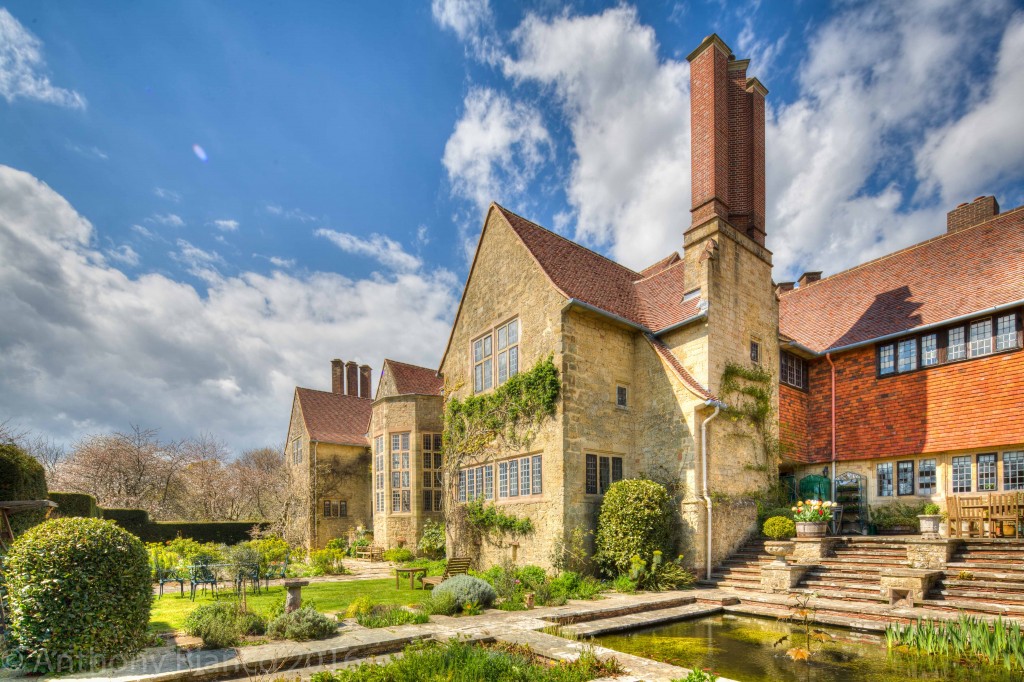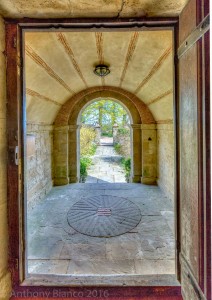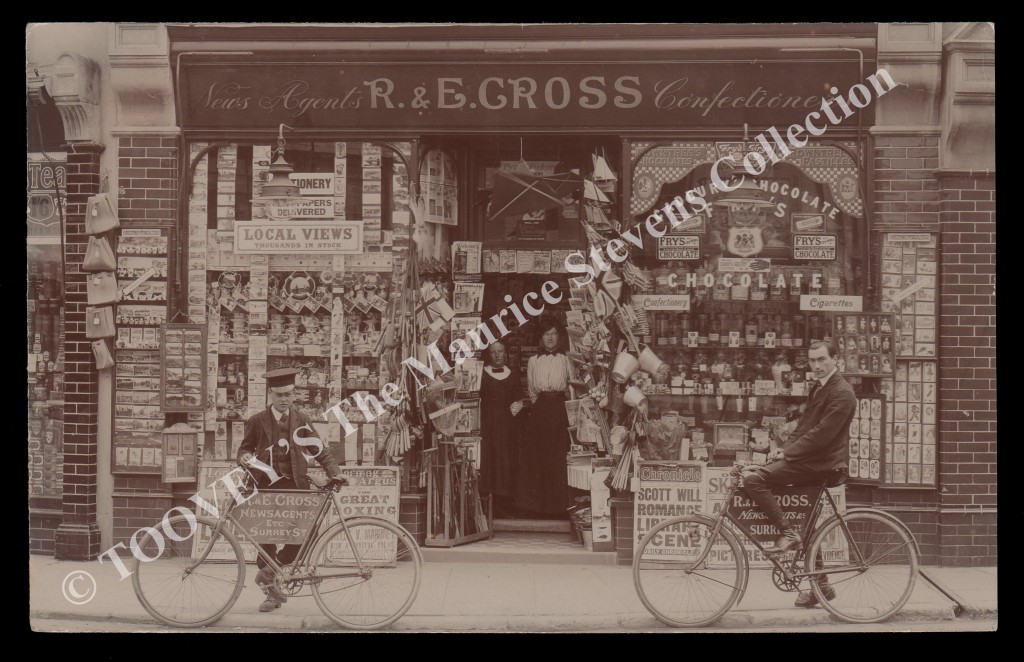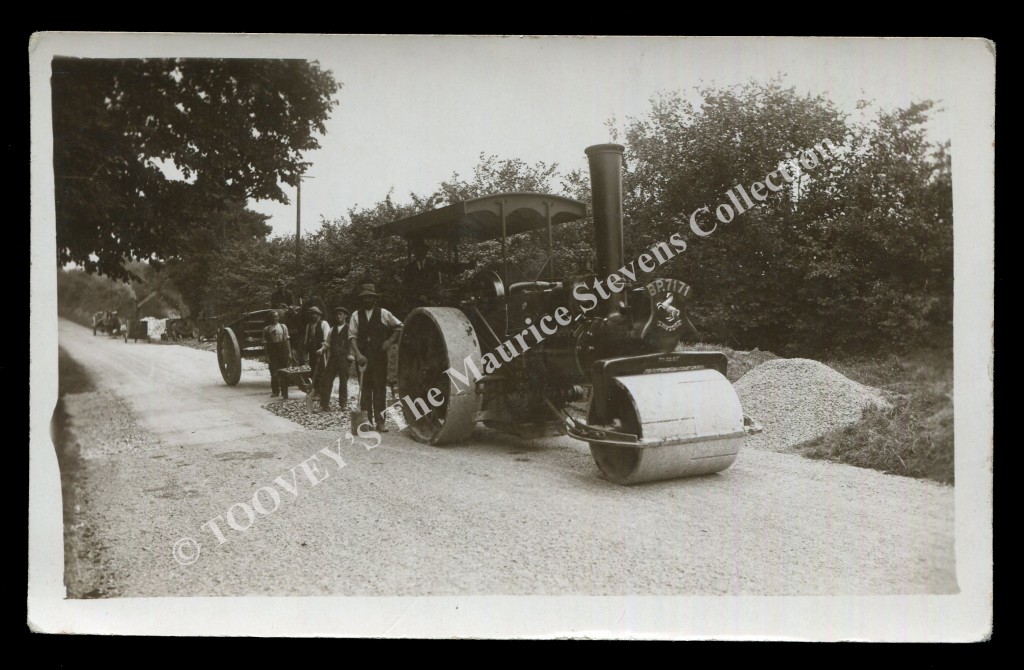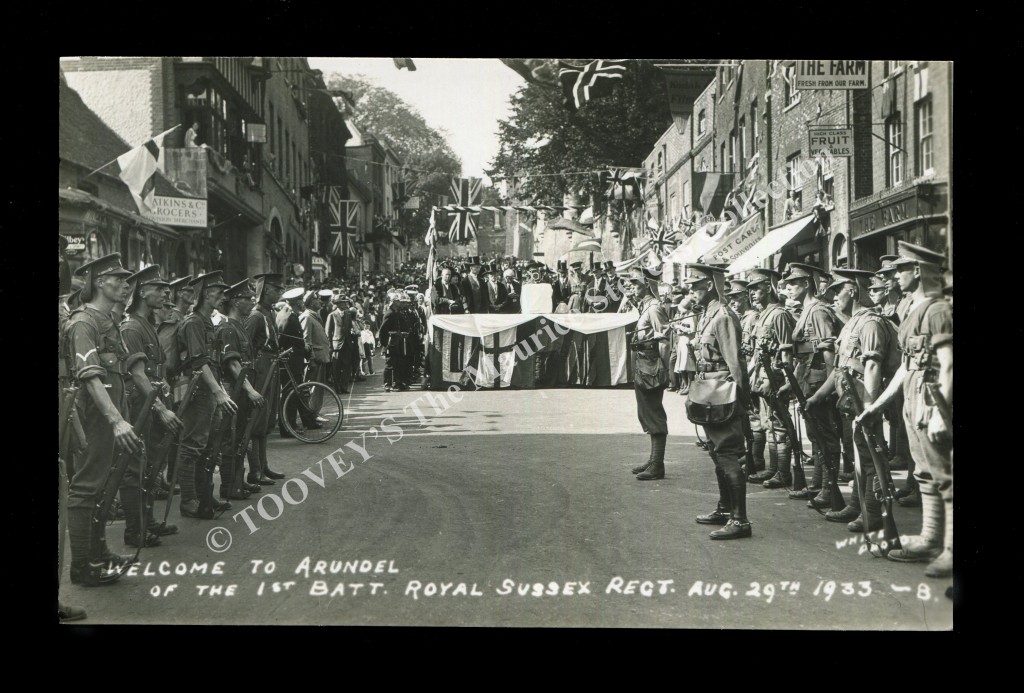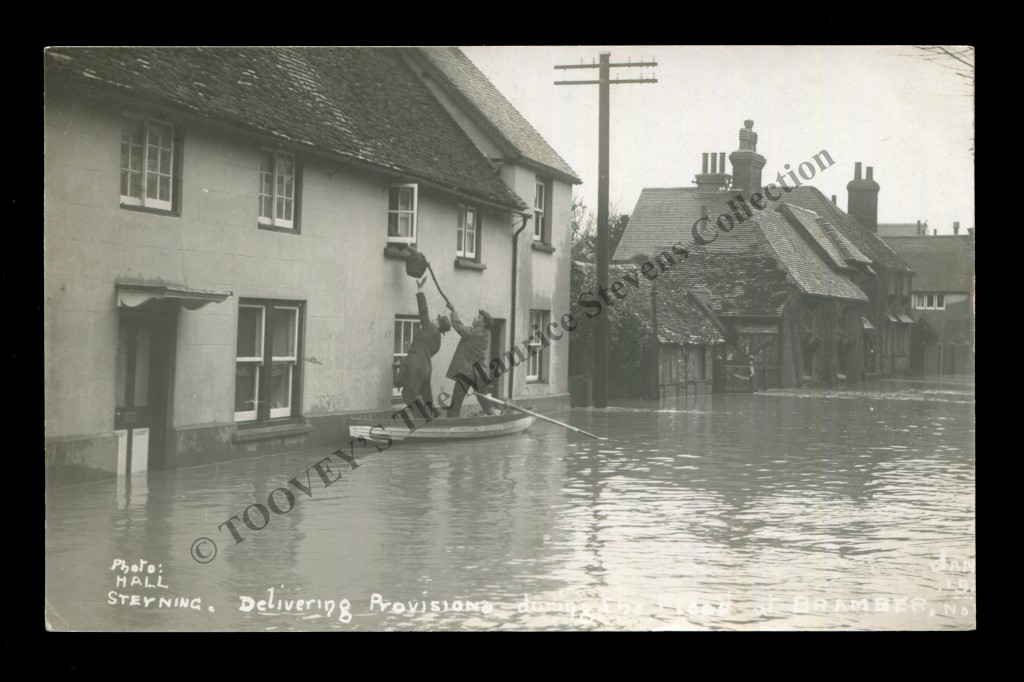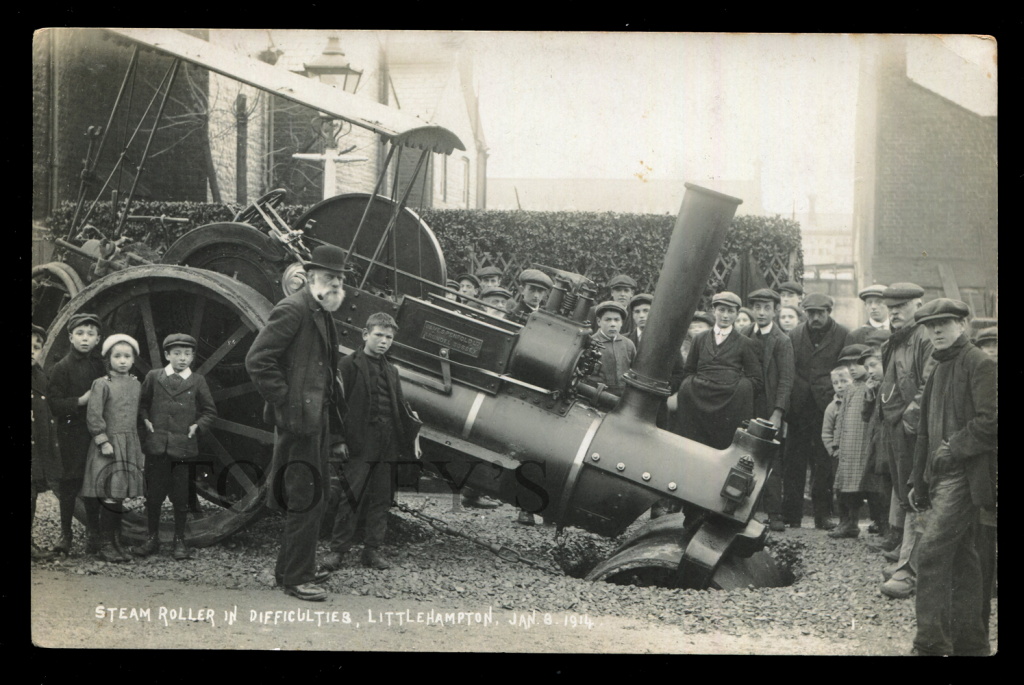
As you know I love to send and receive postcards at this time of year and this week I am in the company of Toovey’s Director, Nicholas Toovey, who is celebrating another sell out Postcard and Paper Collectables auction. Nicholas says “The stamps, cigarette cards, letters and autographs were all buoyant but it was the postcards that stood out. It’s these collectors’ specialisms which are today’s boom markets.”
He continues “This amazing photographic postcard titled ‘Steam Roller in Difficulties, Littlehampton, Jan 8, 1914’ could have easily been titled ‘And you thought you were having a bad day!’ The scene was described contemporaneously in the Worthing Gazette as ‘a rather startling incident at the junction of Howard-road and Howard-place…the task of lifting the roller out of the hole and placing it on a firm surface again was by no means an easy one, and the operations were the centre of much interest for the greater part of the morning. It was half past two o’clock in the afternoon when the work was completed.’ The postcard sold for £260. It once again highlights that the market for Sussex postcards at Toovey’s salerooms is really buoyant!”
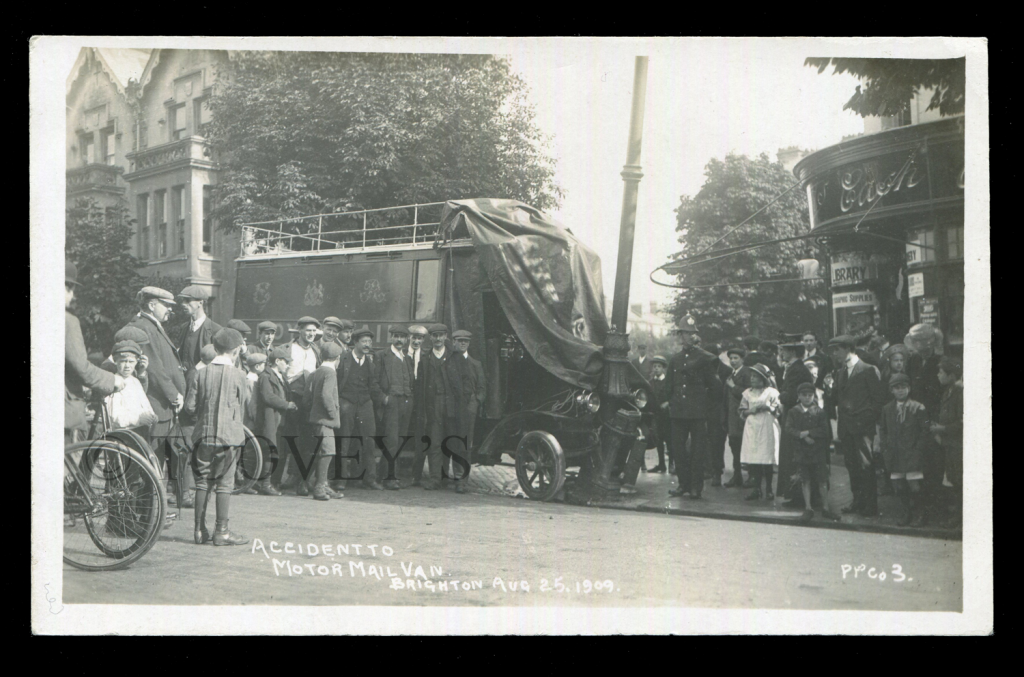
Nicholas draws my attention to another calamity depicted on a postcard, titled ‘Accident to Motor Mail Van, Brighton, Aug 25, 1909’ which realised £95. He says “It shows the mishap that befell the ‘A 8757’ in Preston Road.”
I comment how I loved the early motor racing scene and the people promenading in an album of some 120 Brighton and Hove photographic postcards. Nicholas explains that the album fetched one of the highest prices of the sale when his gavel fell at £1300. He says “The postcards showed many less typical scenes of the seaside town, including scenes of social history and unusual street views.”
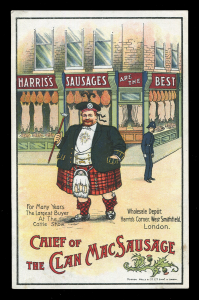
I cannot believe that a postcard with the slogan ‘Chief of the Clan MacSausage’ could possibly be connected with Sussex. Nicholas smiles and explains “It’s a colour postcard advertising Harris’s Sausages but on the reverse it has an overprint for Harris’s Sausage Restaurant in West Street, Brighton. He was the self-styled ‘Sausage King’. A colourful character – he was often seen wearing a top hat and evening dress around the London markets. His sons were named ‘Number One’, ‘Number Two’ and ‘Number Three’ which gives a measure of the man.” The postcard sold for £40.
These postcards provide a remarkable visual insight into our social history and it is easy to see why they attract such a strong following.
Nicholas is still inviting entries for Toovey’s next sale of Paper Collectables, featuring postcards, stamps, cigarette cards, autographs, photographs and ephemera which will be held on Tuesday 8th October.
By Rupert Toovey, a senior director of Toovey’s, the leading fine art auction house in West Sussex, based on the A24 at Washington. Originally published in the West Sussex Gazette.
